Discover 35 hidden attractions, cool sights, and unusual things to do in Nashville (United States). Don't miss out on these must-see attractions: Country Music Hall of Fame and Museum, Frist Center for the Visual Arts, and Parthenon. Also, be sure to include Wave Country in your itinerary.
Below, you can find the list of the most amazing places you should visit in Nashville (Tennessee).
Table of Contents
Country Music Hall of Fame and Museum
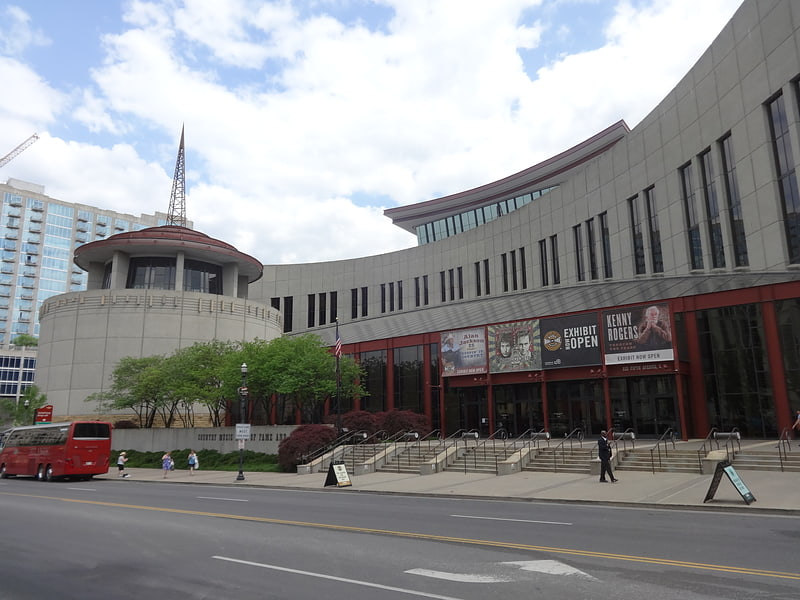
Exhibits tracing the music genre's roots. The Country Music Hall of Fame and Museum in Nashville, Tennessee, is one of the world's largest museums and research centers dedicated to the preservation and interpretation of American vernacular music. Chartered in 1964, the museum has amassed one of the world's most extensive musical collections.[1]
Address: 222 5th Ave S, 37203 Nashville
Frist Center for the Visual Arts
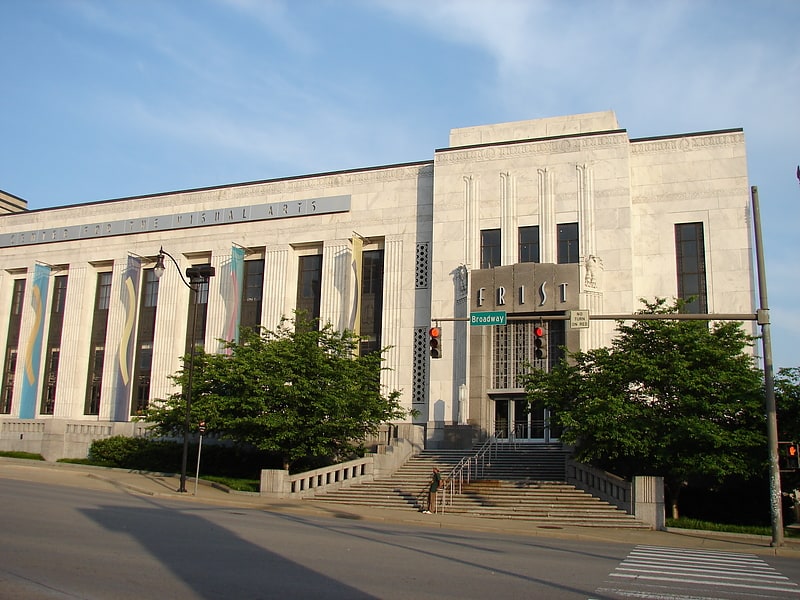
Museum in Nashville, Tennessee. The Frist Art Museum, formerly known as the Frist Center for the Visual Arts, is an art exhibition hall in Nashville, Tennessee, housed in the city's historic U.S. Post Office building, which is listed on the National Register of Historic Places.[2]
Address: 919 Broadway, 37203 Nashville
Parthenon
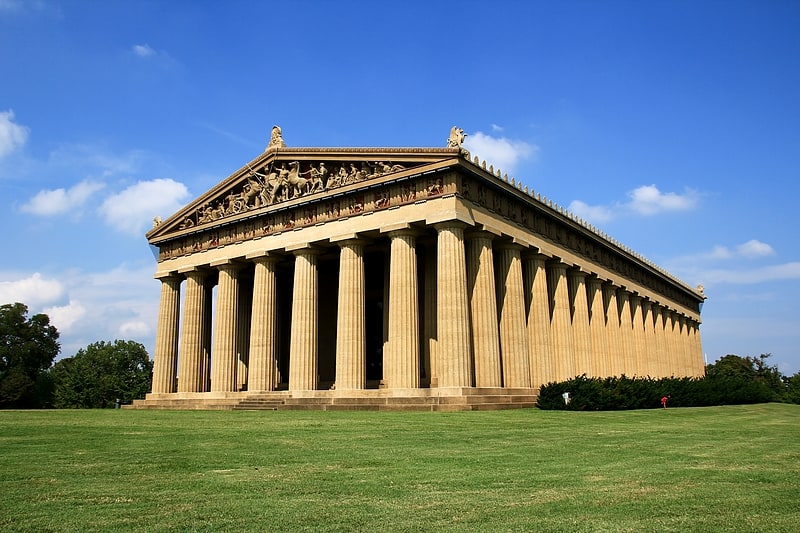
Full-size replica of a Greek landmark. The Parthenon in Centennial Park, in Nashville, Tennessee, is a full-scale replica of the original Parthenon in Athens. It was designed by architect William Crawford Smith and built in 1897 as part of the Tennessee Centennial Exposition.
Today the Parthenon, which functions as an art museum, stands as the centerpiece of Centennial Park, a large public park just west of downtown Nashville. Alan LeQuire's 1990 re-creation of the Athena Parthenos statue in the naos (the east room of the main hall) is the focus of the Parthenon just as it was in ancient Greece. Since the building is complete and its decorations were polychromed (painted in colors) as close to the presumed original as possible, this replica of the original Parthenon in Athens serves as a monument to what is considered the pinnacle of classical architecture. The plaster replicas of the Parthenon Marbles found in the Treasury Room (the west room of the main hall) are direct casts of the original sculptures which adorned the pediments of the Athenian Parthenon, dating back to 438 BC. The surviving originals are housed in the British Museum in London and at the Acropolis Museum in Athens.[3]
Address: 2600 W End Ave, 37203 Nashville
Wave Country

The Metro Nashville Skatepark is a public concrete skatepark located in Nashville, Tennessee, United States. It occupies approximately 22,000 square feet in Two Rivers Park adjacent to Nashville's public wave pool, Wave Country. The park is open year-round from dawn until 11 pm, and allows skateboards, in-line skates, and BMX bikes.
The skatepark consists of three different areas of skate terrain that range in size from small street obstacles to a 10 foot (3 m) deep bowl (combi-pool) with pool coping known as the General Jackson in honor of the General Jackson riverboat. The mid-sized flow bowl is known as the Wabash Cannonbowl in honor of the popular Wabash Cannonball rollercoaster ride at Nashville's Opryland USA theme park, which closed in 1997. The street area at the park is known as the Angle Inn, which references the angular nature of most street skating obstacles, along with a historical nod to the Angle Inn attraction at Opryland USA.
The skatepark was constructed in 2004 by the Metro Nashville Parks Department at a cost of $500,000. Wally Hollyday of Wally Hollyday Skateparks was the construction manager and principal designer of the park. Mayor Bill Purcell presided over the skatepark's grand opening ceremony on July 1, 2004, along with numerous local skaters and BMXers.[4]
Address: 2320 Two Rivers Parkway, 37214 Nashville (Donelson - Hermitage - Old Hickory)
Ryman Auditorium

Live music venue in Nashville, Tennessee. Ryman Auditorium is a 2,362-seat live-performance venue located at 116 5th Avenue North, in Nashville, Tennessee. It is best known as the home of the Grand Ole Opry from 1943 to 1974 and is owned and operated by Ryman Hospitality Properties, Inc. Ryman Auditorium was included in the National Register of Historic Places in 1971 and was later designated a National Historic Landmark on June 25, 2001, for its pivotal role in the popularization of country music.[5]
Address: 116 Fifth Ave N, 37219-2309 Nashville
Grand Ole Opry
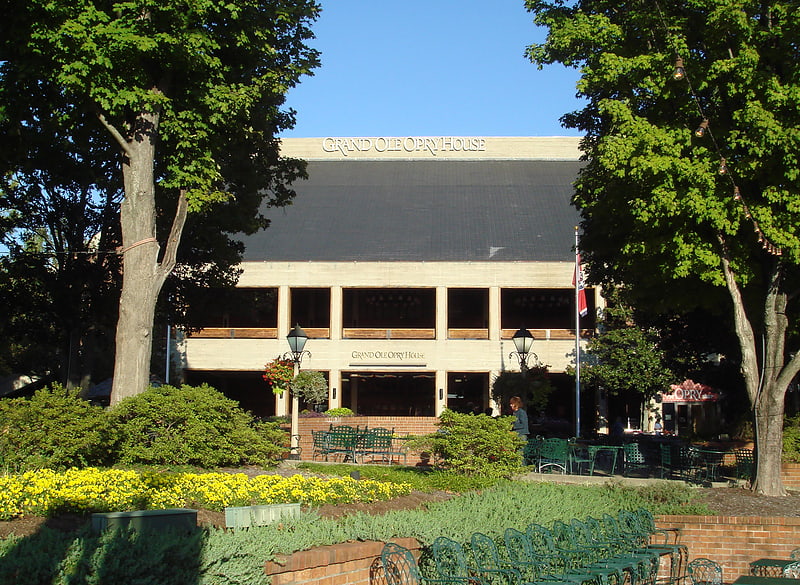
Home of famed, long-running radio show. The Grand Ole Opry is a weekly American country music stage concert in Nashville, Tennessee, founded on November 28, 1925, by George D. Hay as a one-hour radio "barn dance" on WSM. Currently owned and operated by Opry Entertainment, it is the longest-running radio broadcast in US history. Dedicated to honoring country music and its history, the Opry showcases a mix of famous singers and contemporary chart-toppers performing country, bluegrass, Americana, folk, and gospel music as well as comedic performances and skits. It attracts hundreds of thousands of visitors from around the world and millions of radio and internet listeners.
In the 1930s, the show began hiring professionals and expanded to four hours. Broadcasting by then at 50,000 watts, WSM made the program a Saturday night musical tradition in nearly 30 states. In 1939, it debuted nationally on NBC Radio. The Opry moved to a permanent home, the Ryman Auditorium, in 1943. As it developed in importance, so did the city of Nashville, which became America's "country music capital." The Grand Ole Opry holds such significance in Nashville that it is included as a "home of" mention on the welcome signs seen by motorists at the Metro Nashville/Davidson County line.
Membership in the Opry remains one of country music's crowning achievements. Since 1974, the show has been broadcast from the Grand Ole Opry House east of downtown Nashville, with an annual three-month winter foray back to the Ryman from 1999–2020. In addition to the radio programs, performances have been sporadically televised over the years. The Opry's television partner is currently Circle, a digital multicast network which is partially-owned by Opry Entertainment, and broadcasts portions of the live Saturday night performance on an irregular basis.[6]
Address: 2804 Opryland Drive, 37214-1209 Nashville (Donelson - Hermitage - Old Hickory)
The Hermitage
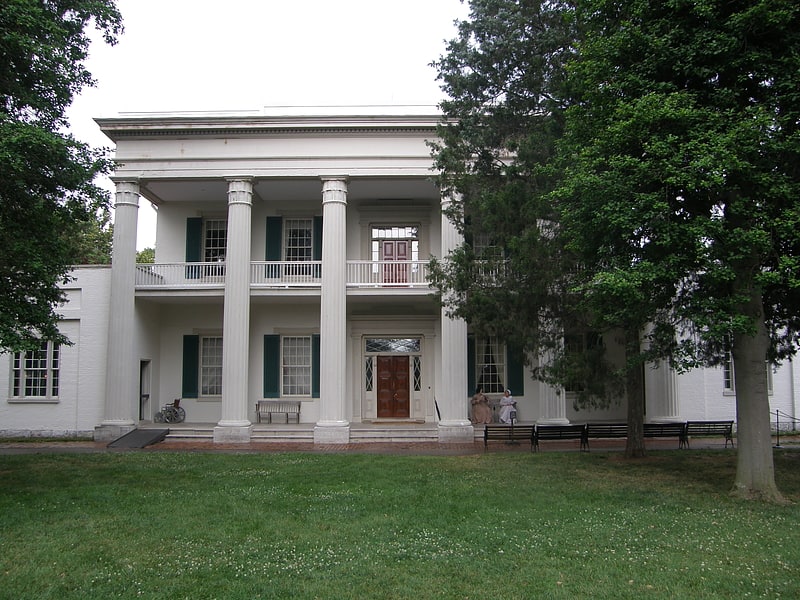
Museum in Nashville, Tennessee. The Hermitage is a historical museum located in Davidson County, Tennessee, United States, 10 miles east of downtown Nashville. The 1,000+ acre site was owned by Andrew Jackson, the seventh president of the United States, from 1804 until his death at the Hermitage in 1845. It also serves as his final resting place. Jackson lived at the property intermittently until he retired from public life in 1837.
Enslaved men, women, and children, numbering nine at the plantation's purchase in 1804 and 110 at Jackson's death, worked at the Hermitage and were principally involved in growing cotton, its major cash crop. It is a National Historic Landmark.[7]
Address: 4580 Rachels Ln, 37076-1331 Nashville (Donelson - Hermitage - Old Hickory)
Belle Meade Plantation
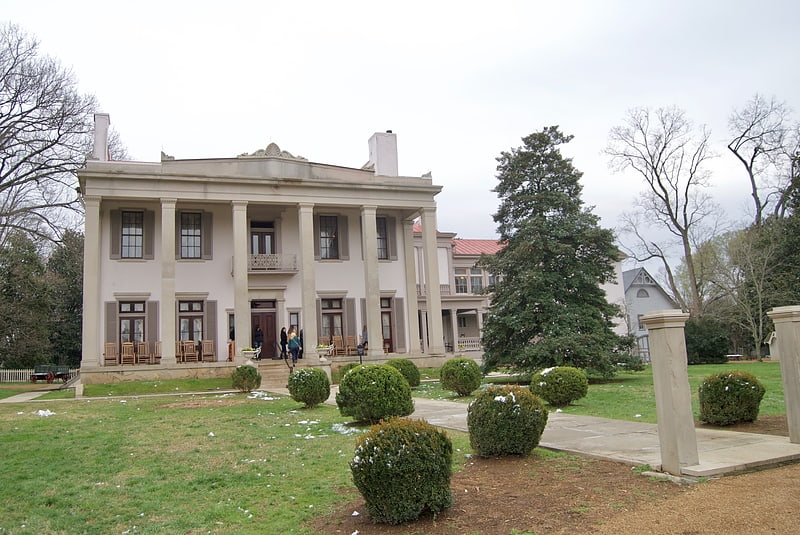
Mansion in Belle Meade, Tennessee. Belle Meade Historic Site and Winery, located in Belle Meade, Tennessee, is a historic mansion that is now operated as an attraction, museum, winery, and onsite restaurant together with outbuildings on its 30 acres of property. In the late 19th century, the plantation encompassed roughly 5,400 acres with over a hundred slaves.
A Winery and Visitors' Center have been constructed on the property. Preserved original outbuildings, including the original Harding Cabin where Belle Meade began, a Dairy, a Gardener's House, a Carriage and Stable House built in 1892, one of the largest Smokehouses in Tennessee, and a Mausoleum may also be seen. Since the 1990s, the executive leadership of the site began an effort to reconcile the past and to tell the stories of African Americans who were brought to and born at Belle Meade and worked there before and after emancipation. By 2018, this emphasis resulted in developing two tours through which the story of Belle Meade is told. The Mansion Tour tells the century-long history of Belle Meade through the stories and experiences of the Harding and Jackson families, as well as the enslaved women, men, and children who were held in bondage here. The Journey to Jubilee Tour invites discussion and explores the stories of the enslaved African-Americans who were brought to, and born at Belle Meade from 1807 through the years following Emancipation.[8]
Address: 5025 Harding Pike, 37205-2810 Nashville (West Nashville)
Centennial Park
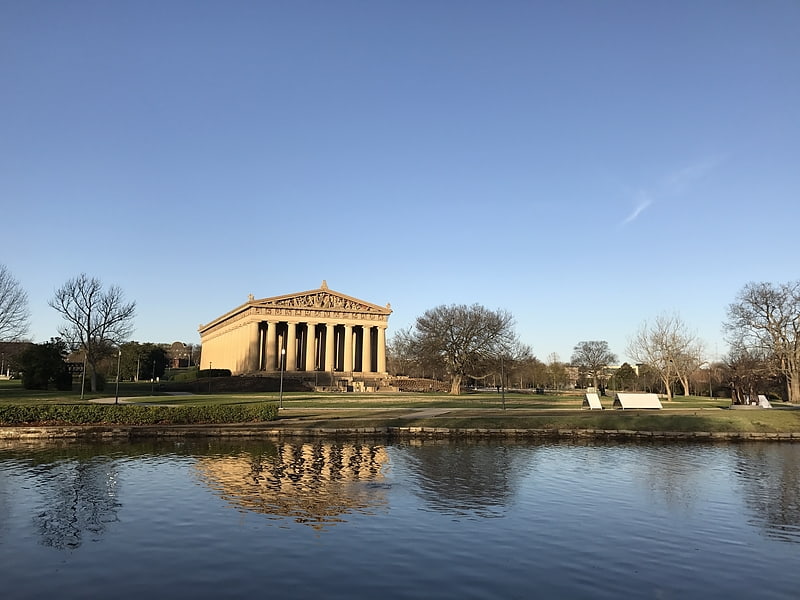
Park in Nashville, Tennessee. Centennial Park is a large urban park located approximately two miles west of downtown Nashville, Tennessee, across West End Avenue from the campus of Vanderbilt University. The 21st-century headquarters campus of the Hospital Corporation of America was developed adjacent to the park.
Cultivated as farmland by some of the earliest families in Nashville, the territory became controlled by the state and used as a park after the American Civil War. In the last decade, it was used as a racetrack. It was redeveloped as the site of the Tennessee Centennial and International Exposition in 1897. Afterward most of the temporary exhibit structures were removed, but the replica of the Parthenon remained. Centennial Park was opened in 1903. Due to the popularity of the Parthenon, it was rebuilt in the 1920s in steel and concrete. Under Jim Crow laws, African Americans were excluded from this public park and its swimming pool until after passage of federal civil rights legislation in 1964.[9]
Address: 2500 W End Ave, 37232-0030 Nashville
Johnny Cash Museum
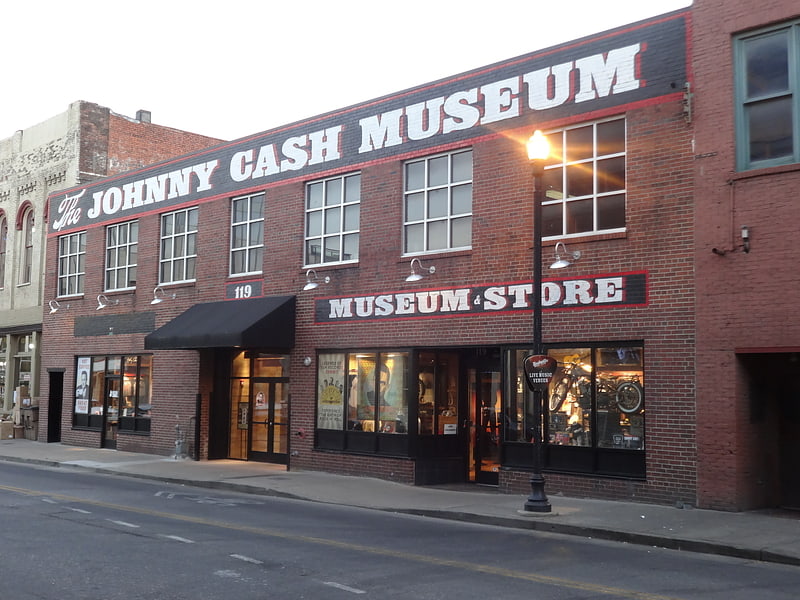
The Johnny Cash Museum opened in April 2013 in Nashville, Tennessee, to honor the life and music of the country superstar often referred to as the "Man in Black". It houses the world's largest collection of Johnny Cash memorabilia and artifacts, including a stone wall taken from his lake house in Hendersonville, Tennessee, and is officially authorized by Cash's estate.[10]
Address: 119 3rd Ave S, 37201-2032 Nashville
Robert's Western World
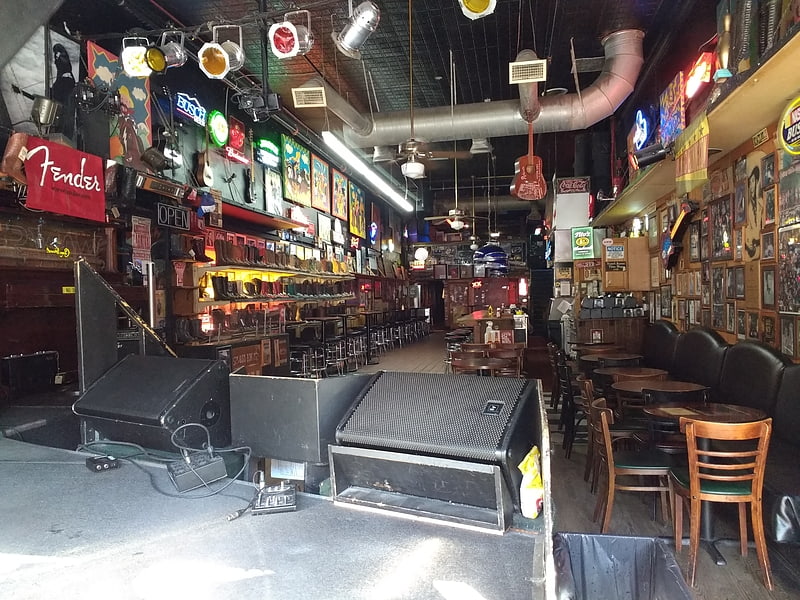
Robert's Western World is a honky tonk located in Nashville, Tennessee. It has hosted and continues to host many big name country artists. Some of the famous artists that have passed through Robert's Western World's doors are Big Ben Keith of Crosby, Stills, and Nash; Don Warden, Dolly Parton's manager; and many, many others, including: Billy Robinson, Lloyd Green, Smiley Roberts, Jack Boles, Ron Elliot, Curly Chalker, Don Helms, Andy Gibson and Chris Casello.
Robert's Western World continues to host local and up and coming country music talent. The band BR549 which gained local and national press from its four-hour nightly gig at Robert's Western World went on to open for country greats, George Strait, Faith Hill and Tim McGraw. Despite these accomplishments, the band never made it big with the mainstream country audience. However, BR549 released an album in 1996 titled "Live From Robert's" which was a compilation of original work as well as cover songs recorded in Robert's Western World.
On October 15, 2010, Robert's Western World hosted the "Bluegrass on Broadway" presented by C. F. Martin & Company, this kicked off the annual International Bluegrass Music Association in Nashville. This event showcases bluegrass music and its artists to the public.[11]
Address: 416B Broadway, Nashville
Tennessee Sports Hall of Fame
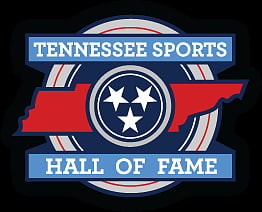
Local history museum in Nashville, Tennessee. The Tennessee Sports Hall of Fame is an American hall of fame which honors athletes, teams, coaches, sports writers, and sports executives for their contributions to sports in the state of Tennessee. The Hall of Fame inducted its first class in 1966 and has since grown to include over 500 honorees and inductees.[12]
Address: 501 Broadway, 37203 Nashville
Tennessee State Capitol
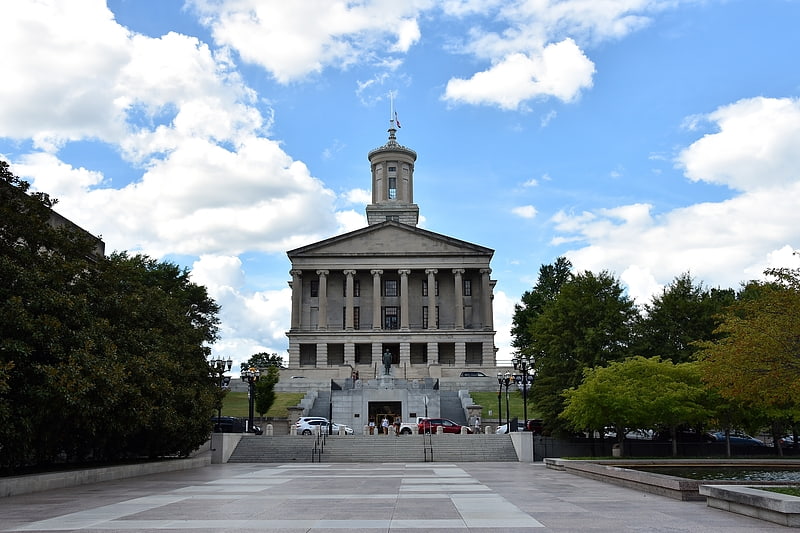
Legislature building completed in 1859. The Tennessee State Capitol, located in Nashville, Tennessee, is the seat of government for the U.S. state of Tennessee. It serves as the home of both houses of the Tennessee General Assembly–the Tennessee House of Representatives and the Tennessee Senate–and also contains the governor's office. Designed by architect William Strickland of Philadelphia and Nashville, it was built between 1845 and 1859 and is one of Nashville's most prominent examples of Greek Revival architecture. The building, one of 12 state capitols that does not have a dome, was added to the National Register of Historic Places in 1970 and named a National Historic Landmark in 1971. The tomb of James K. Polk, the 11th president of the United States, is on the capitol grounds.[13]
Address: 600 Charlotte Ave, 37243-9034 Nashville
Nashville Zoo at Grassmere

Family-friendly wildlife park. The Nashville Zoo at Grassmere is a zoological garden and historic plantation farmhouse located 6 miles southeast of Downtown Nashville. As of 2014, the zoo was middle Tennessee's top paid attraction and contained 6,230 individual animals, encompassing 339 species. The zoo's site is approximately 188 acres in size. It is an accredited member of the Association of Zoos and Aquariums.[14]
Address: 3777 Nolensville Pike, 37211 Nashville (Southeast Nashville)
General Jackson Showboat
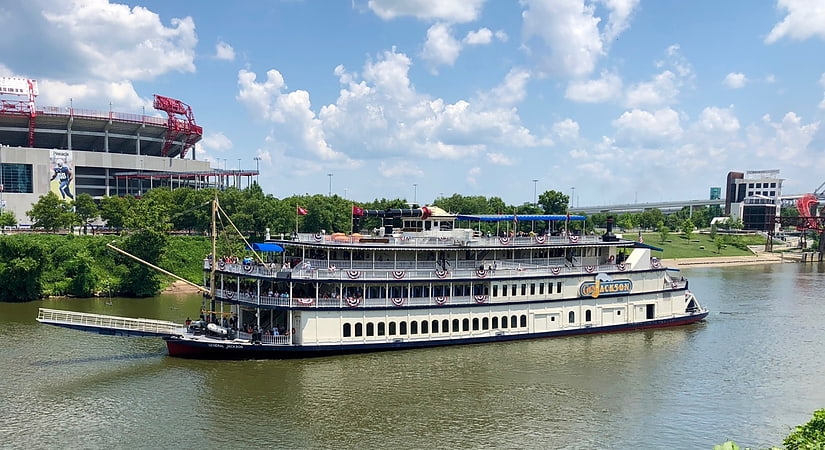
General Jackson is a riverboat—more specifically, a showboat—based on the Cumberland River in Nashville, Tennessee.
General Jackson was named after another riverboat of the same name that was built in 1817; that boat was in turn named for Andrew Jackson. The modern boat was originally an attraction at the Opryland USA theme park. The park closed in 1997, but the boat remains in service, docking at Pennington Bend near the Opry Mills shopping center that replaced the park. In addition to Opry Mills, the dock is located near the Grand Ole Opry House and the Gaylord Opryland Resort & Convention Center.
The original captains were Captain E.A. Poe and Captain William Howell.[15]
Address: 2800 Opryland Dr, Nashville (Donelson - Hermitage - Old Hickory)
Patsy Cline Museum
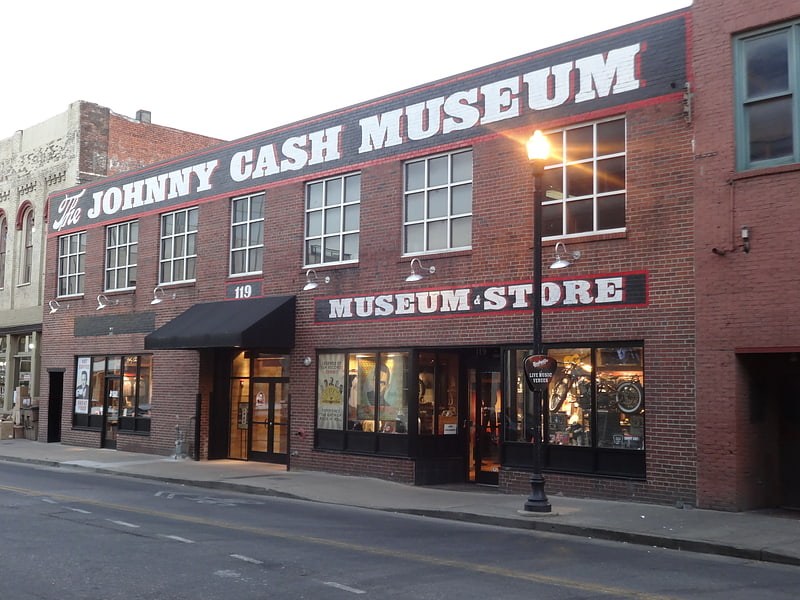
Museum in Nashville, Tennessee. The Patsy Cline Museum is a museum that opened on April 7, 2017 on the second floor of the Johnny Cash Museum building on Third Avenue South in Nashville, Tennessee. It is home to an extensive collection of Patsy Cline memorabilia as well as real-life artifacts once owned by the country singer, who died in a plane crash in 1963 at the age of 30.[16]
Bicentennial Capitol Mall State Park
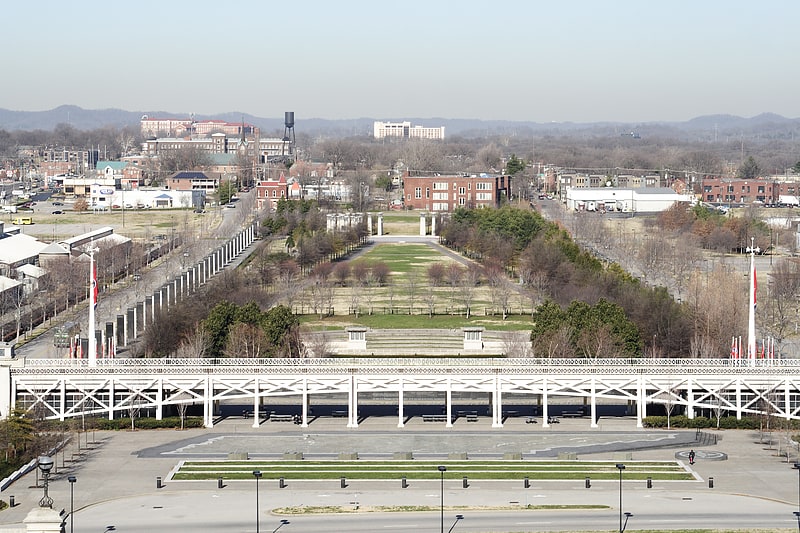
State park in Nashville, Tennessee. Bicentennial Capitol Mall State Park, also known as the Bicentennial Mall, is an urban state park in downtown Nashville, Tennessee. The park is located northwest of the Tennessee State Capitol building and was opened on June 1, 1996, to commemorate the 200th anniversary of the establishment of Tennessee’s statehood. Receiving more than 2.5 million visitors annually, it is the most visited of Tennessee's 56 state parks.[17]
Address: 600 James Robertson Pkwy, 37243-3081 Nashville
Bridgestone Arena
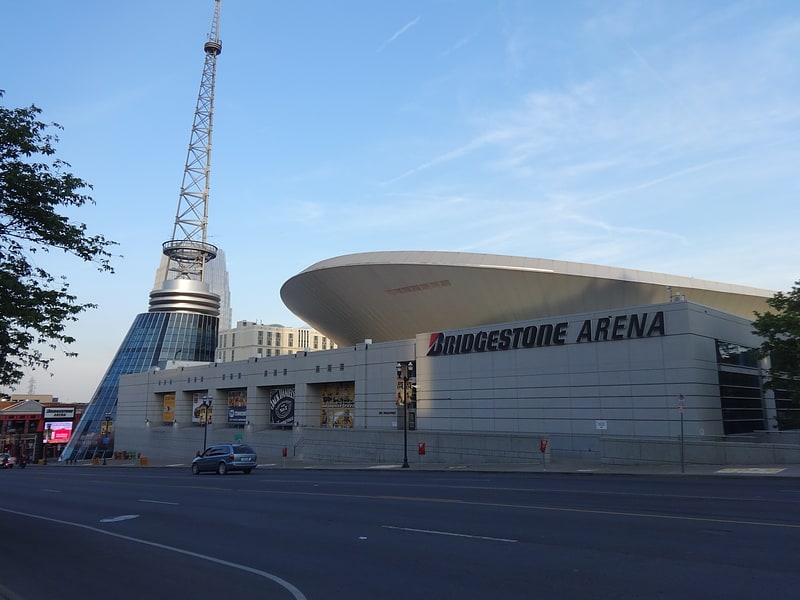
Indoor facility for sports and concerts. Bridgestone Arena is a multi-purpose venue in downtown Nashville, Tennessee United States. Completed in 1996, it is the home of the Nashville Predators of the National Hockey League.[18]
Address: Nashville, 501 Broadway
Nashville Fairgrounds Speedway
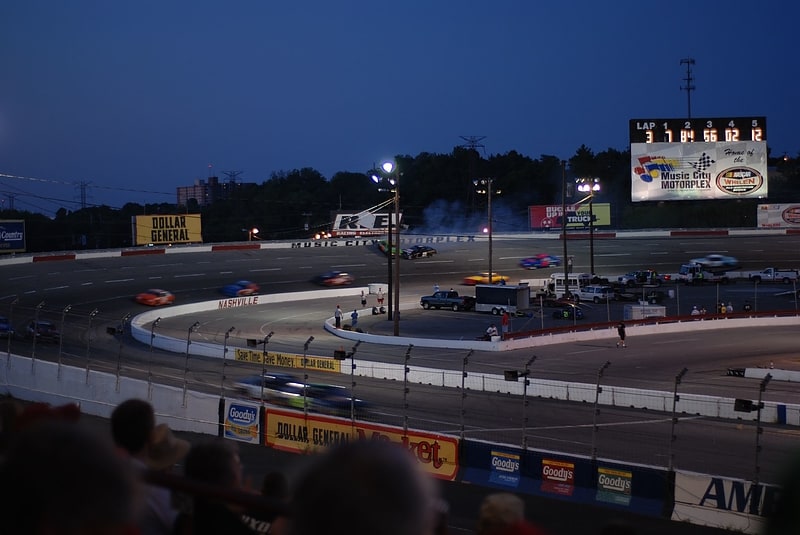
Car racing track in Nashville, Tennessee. Nashville Fairgrounds Speedway is a motorsport racetrack located at the Nashville Fairgrounds near downtown Nashville, Tennessee. The track is the second-oldest continually operating track in the United States. The track held NASCAR Grand National/Winston Cup races from 1958 to 1984.[19]
Address: 625 Smith Ave, 37204 Nashville (South Nashville)
Korean War Veterans Memorial Bridge
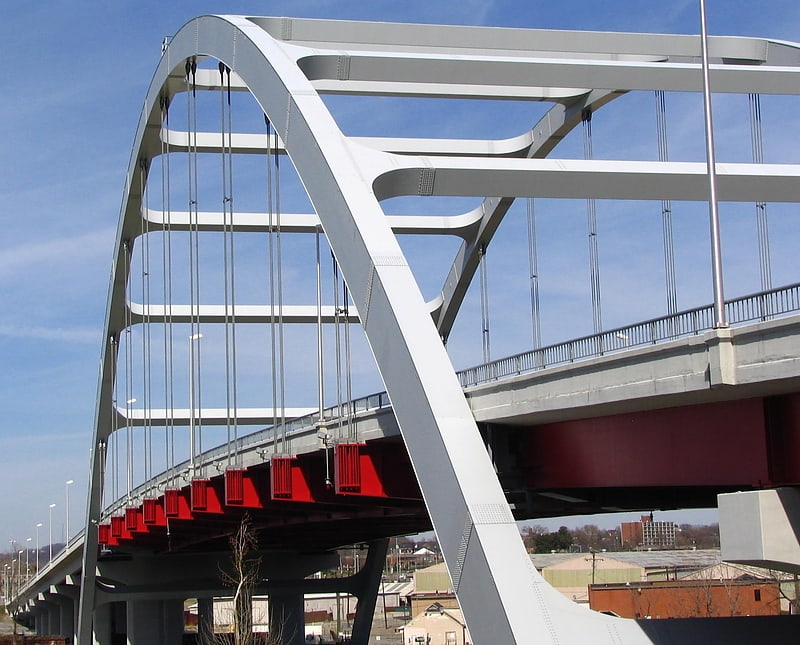
The Korean War Veterans Memorial Bridge, formerly known as Gateway Bridge, is a vehicular bridge that carries Korean Veterans Boulevard over the Cumberland River in Nashville, within the U.S. state of Tennessee.[20]
Nissan Stadium
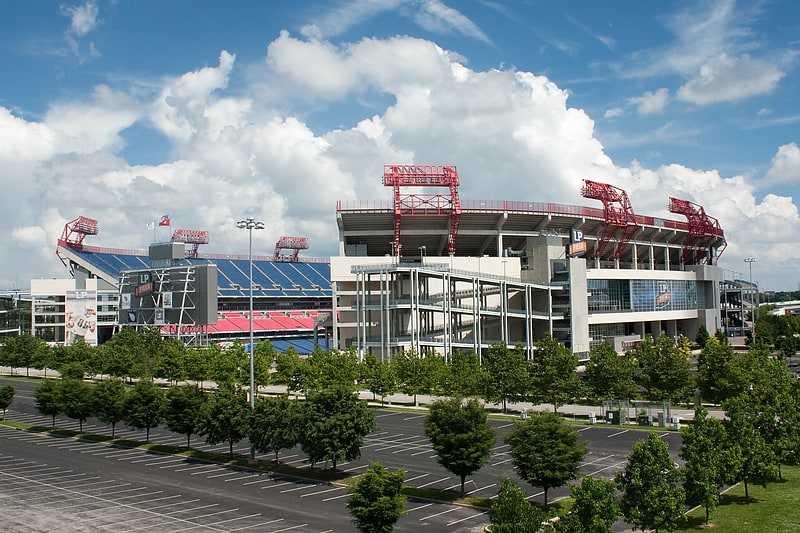
Multi-purpose stadium in Nashville, Tennessee. Nissan Stadium is a multi-purpose stadium in Nashville, Tennessee, United States. Owned by the Metropolitan Government of Nashville and Davidson County, it is primarily used for football and is the home field of the Tennessee Titans of the National Football League and the Tigers of Tennessee State University. The stadium is the site of the TransPerfect Music City Bowl, a postseason college football bowl game played each December, and from 2020 until 2021 the home field of Nashville SC of Major League Soccer. Nissan Stadium is used for concerts such as those affiliated with the CMA Music Festival each June. The stadium also has facilities to host public events, meetings, and parties.
Nissan Stadium is located on the east bank of the Cumberland River, across the river from downtown Nashville and has a seating capacity of 69,143. Its first regular-season game was a 36–35 win over the Cincinnati Bengals on September 12, 1999. Nissan Stadium has been known by Adelphia Coliseum (1999–2002), the Coliseum (2002–2006), and LP Field (2006–2015).
The stadium features three levels of seating. The lower bowl encompasses the field and the club and upper levels form the stadium's dual towers, rising above the lower bowl along each sideline. The stadium's luxury suites are located within the towers. Three levels of suites are located in the stadium's eastern tower, one between the lower and club levels, and two between the club and upper levels. The western tower has two levels of suites between the club and upper levels. The press box is located between the lower and club levels in the western tower. Nissan Stadium's dual video boards are behind the lower bowl in each end zone.
The playing surface of Nissan Stadium is Tifsport Bermuda Sod, a natural grass. The climate of Nashville and the wear of hosting a game nearly every weekend often requires the field to be resodded in the area between the hashes in November.
On Nissan Stadium's eastern side is the Titans Pro Shop, a retail store that sells team merchandise. It is open year-round and maintains an exterior entrance for use on non-event dates.[21]
Address: Nashville, 1 Titans Way
John Seigenthaler Pedestrian Bridge
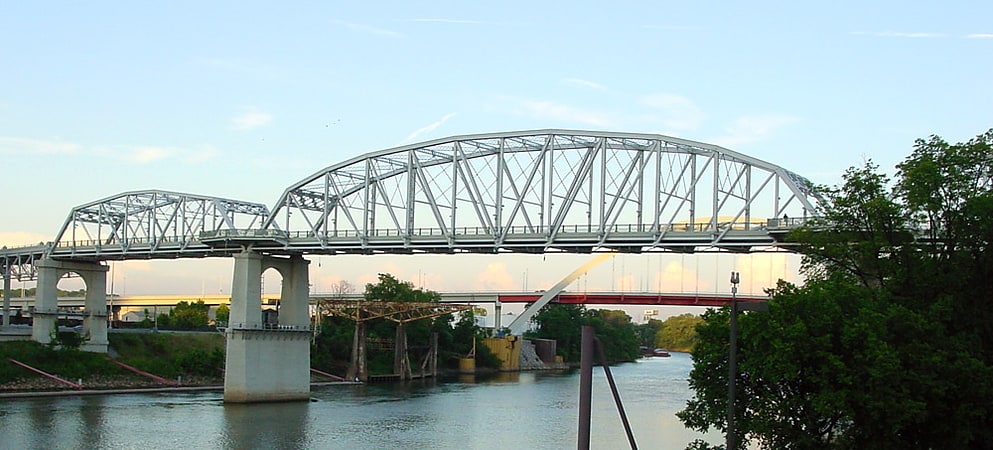
Truss bridge in Nashville, Tennessee. The John Seigenthaler Pedestrian Bridge is a truss bridge that spans the Cumberland River in Nashville, Tennessee, United States. The bridge spans 3,150 feet and is one of the longest pedestrian bridges in the world.[22]
Cheekwood Botanical Garden and Museum of Art
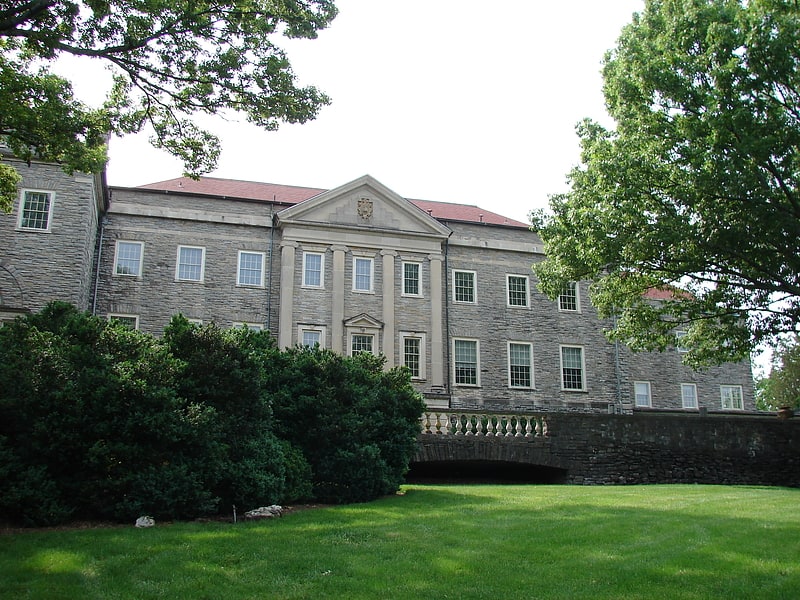
Museum. Cheekwood is a 55-acre historic estate on the western edge of Nashville, Tennessee that houses the Cheekwood Estate & Gardens. Formerly the residence of Nashville's Cheek family, the 30,000-square-foot Georgian-style mansion was opened as a botanical garden and art museum in 1960.[23]
Address: 1200 Forrest Park Dr, 37205-4206 Nashville (West Nashville)
Tennessee State Museum
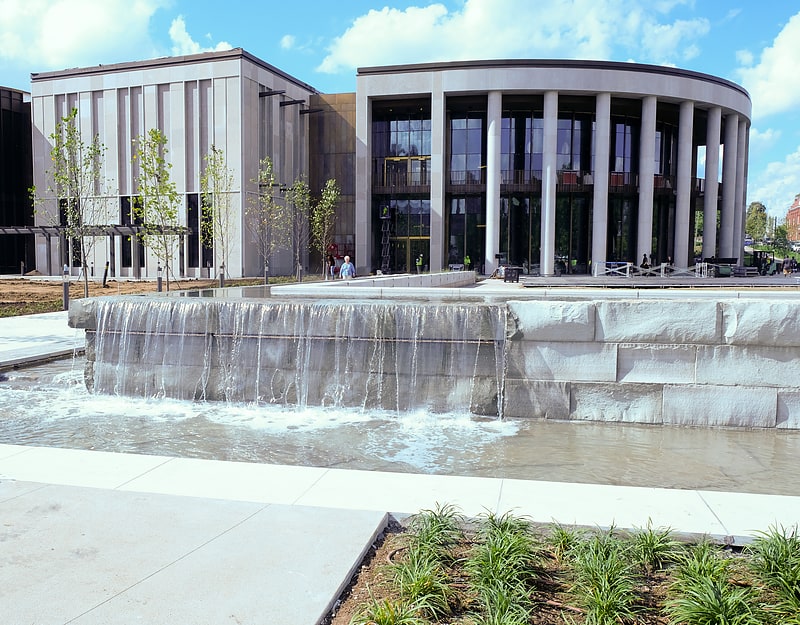
Museum in Nashville, Tennessee. The Tennessee State Museum is a large museum in Nashville depicting the history of the U.S. state of Tennessee. The current facility opened on October 4, 2018, at the corner of Rosa Parks Boulevard and Jefferson Street at the foot of Capitol Hill by the Bicentennial Capitol Mall State Park. The 137,000-square-foot building includes a Tennessee Time Tunnel chronicling the state's history by leading visitors though the museum's permanent collection, a hands-on children's gallery, six rotating galleries, a digital learning center, and a two-story Grand Hall. Exhibitions include significant artifacts related to the state's history, along with displays of art, furniture, textiles, and photographs produced by Tennesseans. The museum's Civil War holdings consists of uniforms, battle flags, and weapons. There is no admission charge for visitors.
Museum operations and policies are overseen by the Douglas Henry State Museum Commission, a group of citizens appointed to represent the public interest.[24]
Address: 1000 Rosa L Parks Blvd, 37208-2624 Nashville
RCA Studio B
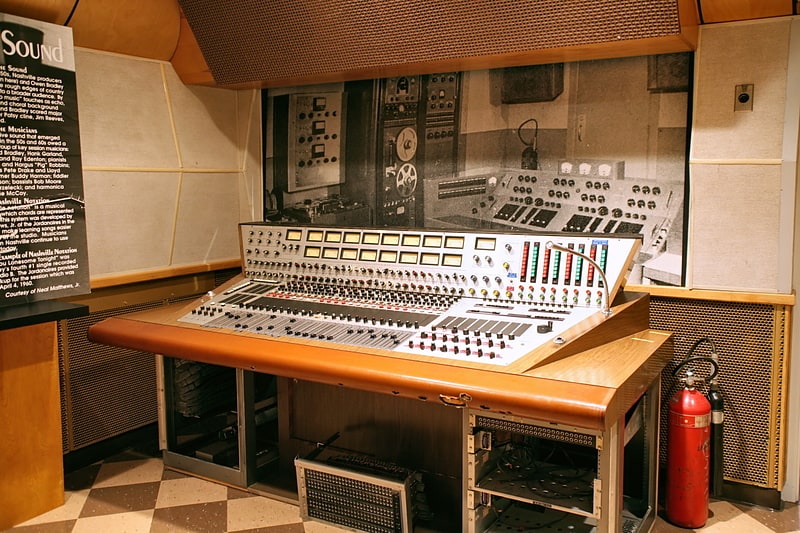
Museum in Nashville, Tennessee. RCA Studio B was a music recording studio built in 1956 in Nashville, Tennessee by RCA Victor. Originally known simply as "RCA Studios," Studio B, along with the larger and later RCA Studio A became known in the 1960s for being an essential factor to the development of the musical production style and sound engineering technique known as the Nashville Sound. In the two decades the studio was in operation, RCA Studio B produced 60 percent of the Billboard magazine's Country chart hits. The studio closed in 1977.
The studio is located centrally in the Nashville's historic Music Row district. Since 1992 the studio has been under the ownership of the Country Music Hall of Fame, which offers scheduled tours of the facilities.[25]
Address: Nashville, 1611 Roy Acuff Pl.
Nathan Bedford Forrest Statue
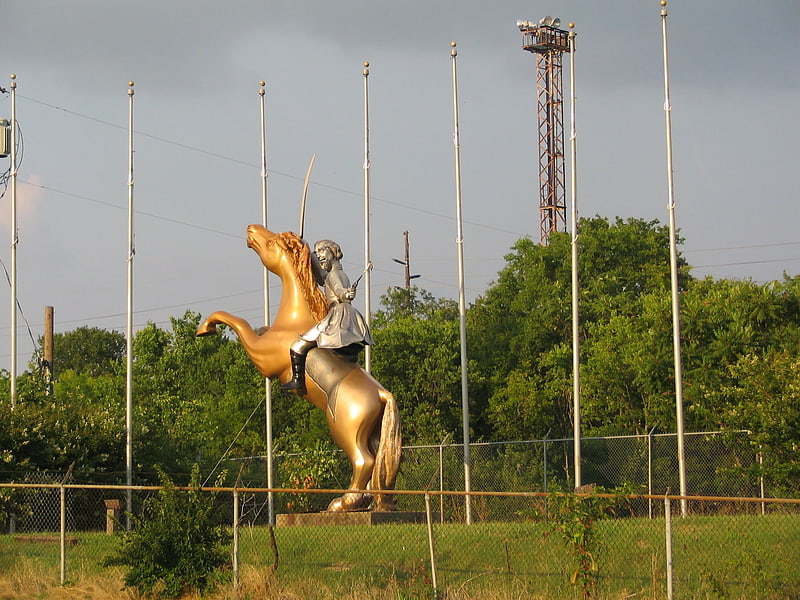
The Nathan Bedford Forrest Statue was a 25 feet tall statue of Confederate States of America Lt. General and first-era Ku Klux Klan Grand Wizard Nathan Bedford Forrest mounted on a horse in Nashville, Tennessee, located near Interstate 65 at 701D Hogan Road. The statue depicted Forrest shooting behind himself and was flanked by Confederate battle flags. Its abnormal facial features bore little resemblance to Forrest himself, and more resembled a screaming, deformed man.
Upon the death of its owner, the statue was donated to the Battle of Nashville Trust. It was removed on December 7, 2021. The trust cited its appearance, Forrest's irrelevance to the Battle of Nashville, and its impediment to the trust's mission in its decision, stating "even Forrest himself would think it was ugly."[26]
Tennessee Performing Arts Center
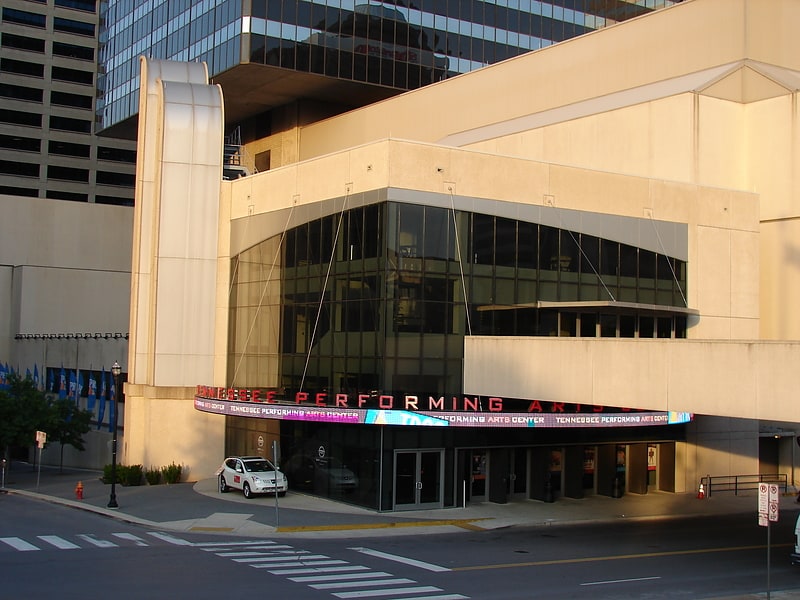
Building in Nashville, Tennessee. The Tennessee Performing Arts Center, or TPAC, is located in the James K. Polk Cultural Center at 505 Deaderick Street in downtown Nashville, Tennessee, occupying an entire city block between 5th and 6th Avenues North and Deaderick and Union Streets. The cultural center adjoins the 18-story James K. Polk State Office Building.[27]
Address: Nashville, 505 Deaderick Street
Ascend Amphitheater
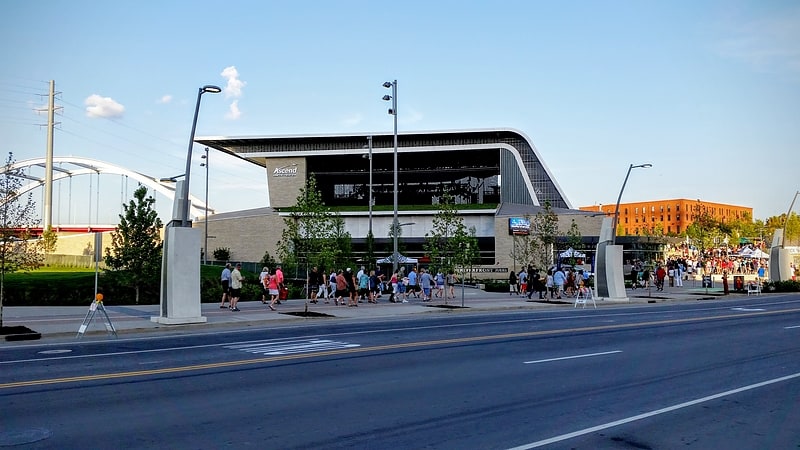
Amphitheater in Nashville, Tennessee. The Ascend Amphitheater is an open-air event venue located on the Cumberland River in Nashville, Tennessee. It is set inside the Metro Riverfront Park. The amphitheater seats 2,300 in fixed seating, and 4,500 on the lawn, with a total capacity of 6,800.[28]
Address: 301 1st Ave S, 37201-2303 Nashville
Schermerhorn Symphony Center
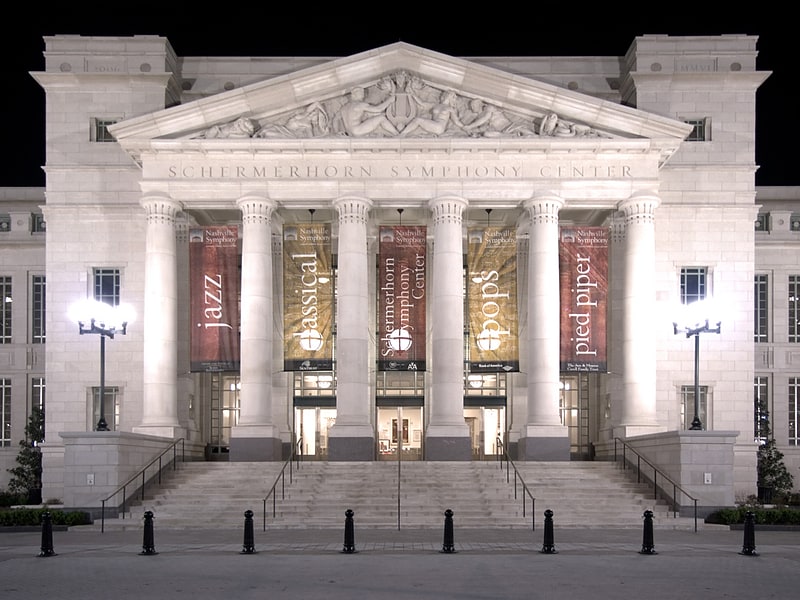
Concert hall in Nashville, Tennessee. The Schermerhorn Symphony Center is a concert hall in downtown Nashville, Tennessee. Ground was broken on December 3, 2003. The center formally opened on September 9, 2006, with a gala concert conducted by Leonard Slatkin and broadcast by PBS affiliates throughout the state. The center is named in honor of Kenneth Schermerhorn, who was the music director and conductor of the Nashville Symphony from 1983 until his death in 2005; the center was named before maestro Schermerhorn's death.[29]
Address: Nashville, One Symphony Place, Nashville, Tennessee, 37201-2031
First Horizon Park
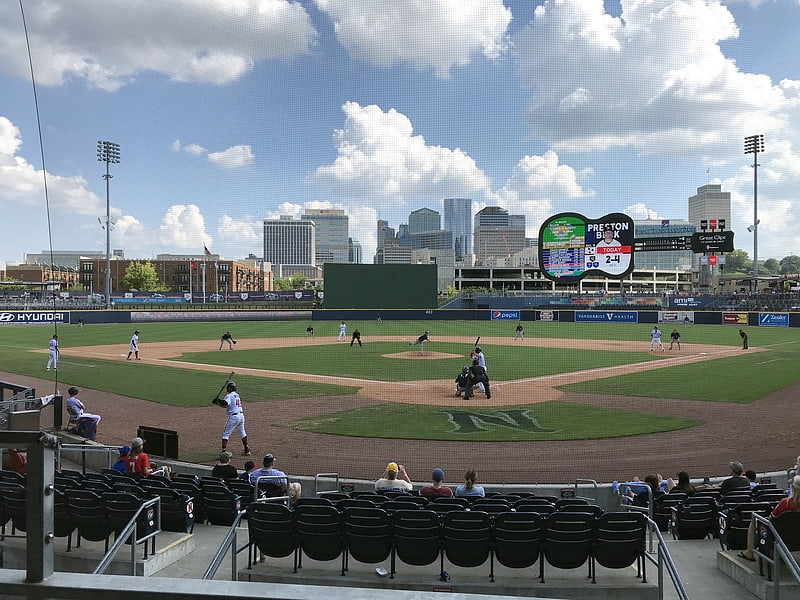
Stadium in Nashville, Tennessee. First Horizon Park, formerly known as First Tennessee Park, is a baseball park in downtown Nashville, Tennessee, United States. The home of the Triple-A Nashville Sounds of the International League, it opened on April 17, 2015, and can seat up to 10,000 people. It replaced the Sounds' former home, Herschel Greer Stadium, where the team played from its founding in 1978 until 2014.
The park was built on the site of the former Sulphur Dell, a minor league ballpark in use from 1885 to 1963. It is located between Third and Fifth Avenues on the east and west (home plate, the pitcher's mound, and second base are directly in line with Fourth Avenue to the stadium's north and south) and between Junior Gilliam Way and Harrison Street on the north and south. The Nashville skyline can be seen from the stadium to the south.
The design of the park incorporates elements of Nashville's baseball and musical heritage and the use of imagery inspired by Sulphur Dell, the city's former baseball players and teams, and country music. Its most distinctive feature is its guitar-shaped scoreboard—a successor to the original guitar scoreboard at Greer Stadium. The ballpark's wide concourse wraps entirely around the stadium and provides views of the field from every location.
Though primarily a venue for the Nashville Sounds, collegiate and high school baseball teams based in the area, such as the Vanderbilt Commodores and Belmont Bruins, have played some games at the ballpark. It is also home to the City of Hope Celebrity Softball Game. Nashville SC, a soccer team of the United Soccer League Championship, played its home matches at the facility from 2018 to 2019.[30]
Address: 19 Junior Gilliam Way, 37219-2515 Nashville
The Bluebird Cafe
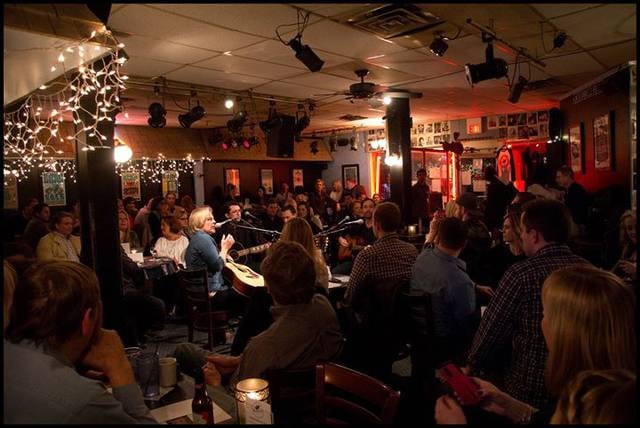
Restaurant. The Bluebird Café is a 90-seat music club in Nashville, Tennessee that opened in 1982. The club features acoustic music performed by its composers. Some performers are established singer-songwriters, and others perform songs written by other artists. The Bluebird receives over 70,000 visitors annually. The restaurant has been featured as a location on ABC's drama Nashville.[31]
Address: Nashville, 4104 Hillsboro Pike
Nashville Municipal Auditorium
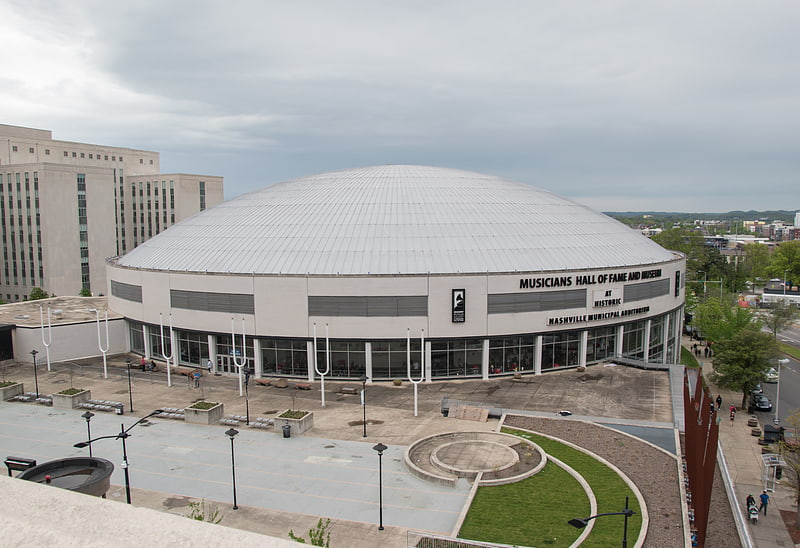
Sports venue in Nashville, Tennessee. The Nashville Municipal Auditorium is an indoor sports and concert venue in Nashville, Tennessee, which also houses the Musicians Hall of Fame and Museum. Constructed in 1962, the Auditorium was the first public assembly facility in the Mid South with air conditioning.[32]
Address: 417 4th Ave N, 37201-2000 Nashville
Herschel Greer Stadium
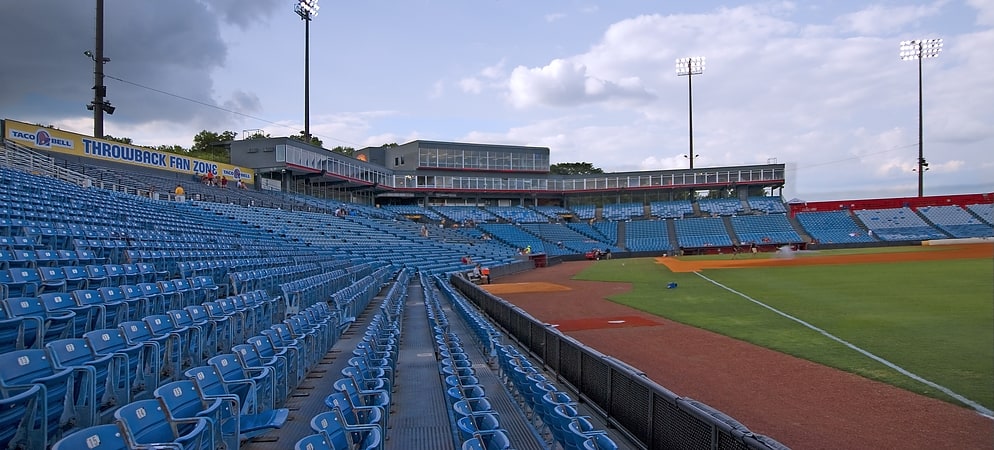
Stadium in Nashville, Tennessee. Herschel Greer Stadium was a Minor League Baseball park in Nashville, Tennessee, on the grounds of Fort Negley, an American Civil War fortification, approximately two miles south of the city's downtown district. The facility closed at the end of the 2014 baseball season and remained deserted for over four years until its demolition in 2019. Following an archaeological survey, the land is expected to be reincorporated into Fort Negley Park.
Greer was opened in 1978 for the Nashville Sounds, an expansion franchise of the Double-A Southern League who moved to the Triple-A American Association in 1985 and to the Triple-A Pacific Coast League in 1998. The stadium played host to the team until 2014. The subject of numerous upgrades and repairs to maintain its functionality, Greer became one of the oldest stadiums used by a Triple-A team and had fallen well below professional baseball's standards for a stadium at that class level by the end of its use. For over a decade, the Sounds attempted to secure agreements with the Metropolitan Government of Nashville and Davidson County for a new ballpark to replace Greer, eventually resulting in the construction of First Tennessee Park, which became the Sounds' new home in 2015.
Amidst the Sounds' 37-season run, Greer simultaneously hosted two professional baseball clubs in 1993 and 1994, acting as a temporary home to a displaced Southern League franchise known during that period as the Nashville Xpress. The stadium also saw occasional use as a venue for college baseball, high school football, and charity softball events. It was the site of three minor league all-star games, eight no-hitters, including one perfect game, and a 24-inning game which tied the record for the longest game in Pacific Coast League history. The stadium was best recognized by its distinctive guitar-shaped scoreboard.[33]
Address: 534 Chestnut St, 37203-4803 Nashville (South Nashville)
Belmont Mansion
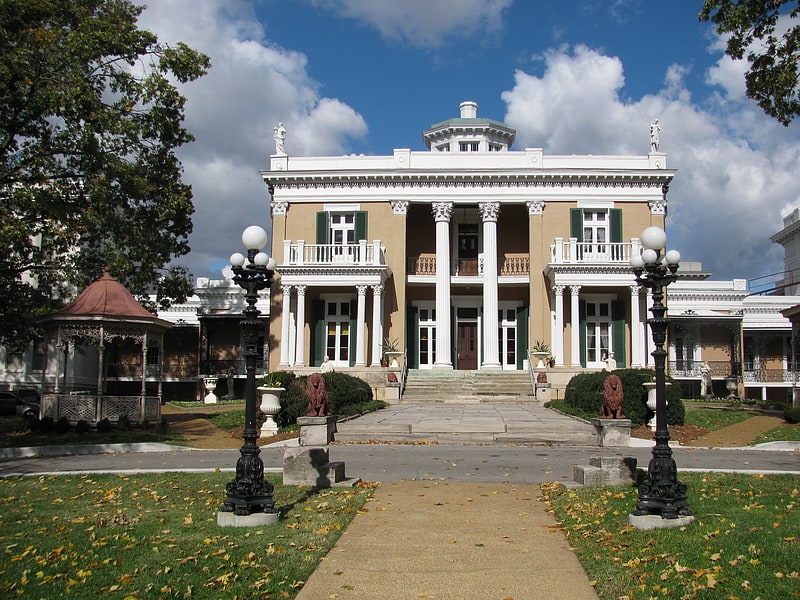
Mansion in Nashville, Tennessee. Belmont Mansion, also known as Acklen Hall, and originally known as Belle Monte, Belle Mont or Belmont, is a historic mansion located in Nashville, Tennessee. It was built by Joseph and Adelicia Acklen to serve as the center of their 180-acre summer estate in what was then country outside the city, and featured elaborate gardens and a zoo. They lived much of the rest of the year on her plantations in Louisiana.
The estate was sold in the late 19th century and since 1890 has been used for educational functions. It was first used as a girls academy, then as the first building of what became Belmont College and now Belmont University. Today it is operated as a museum. It was listed on the National Register of Historic Places in 1971.[34]
Address: 1700 Acklen Ave, 37212-3810 Nashville
Stix
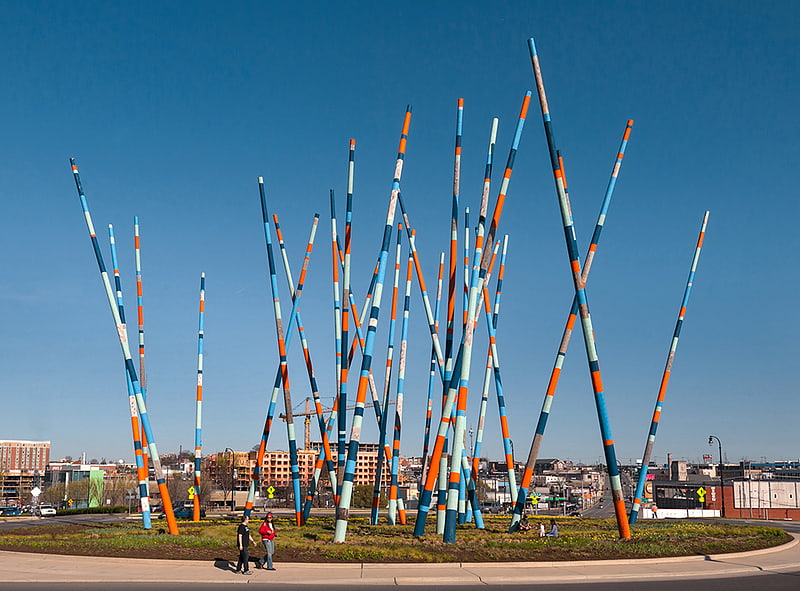
Stix is a public art installation or sculpture at Korean Veterans Boulevard and 8th Avenue in Nashville, Tennessee. It was designed by Christian Moeller, and erroneously reported to be an homage to the Native Americans who owned the land prior to European settlers. "Actually, that was not my original intent. The only reference to Native American art I made was showing an image of a beautiful totem pole at an early stage of the project development. I did this in order to give an example of how the colors I proposed to use would contrast with the grayish, silver patina that the wooden poles would develop over time," said Moeller. Its construction cost $750,000, making it the "most expensive" public art installation in Nashville. According to Nashville Public Radio, its cost and name turned it into "a magnet for skepticism" prior to its dedication in 2015. In March 2018, a car crashed into the installation.
The original design called for 35 poles standing 85 feet high and each pole tip was to be covered with a custom-made “LED lightcap” to emit a light glow at nighttime. The design was later revised to reduce the number to 27 poles at a height of 70 feet tall and to eliminate the lightcaps.[35]